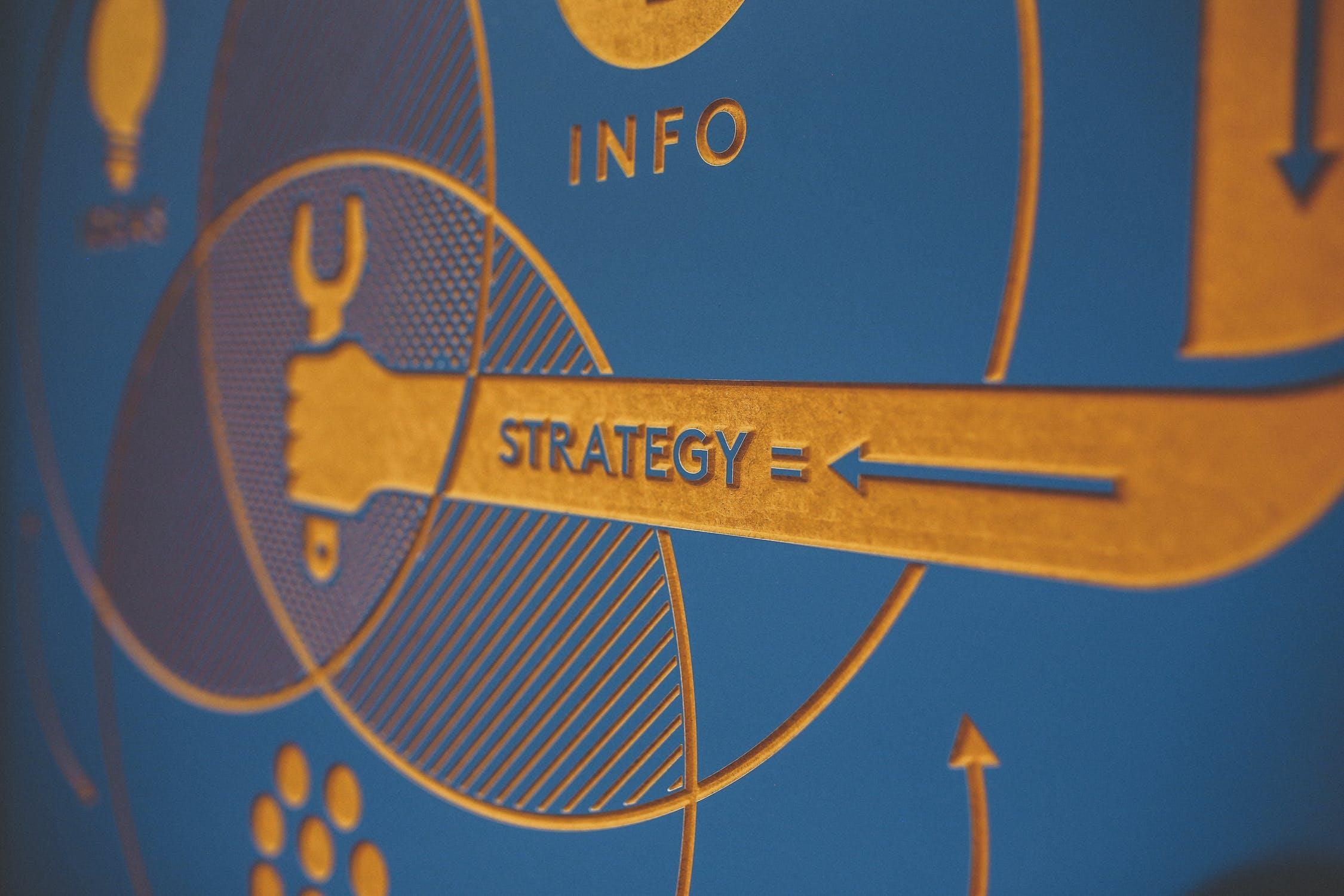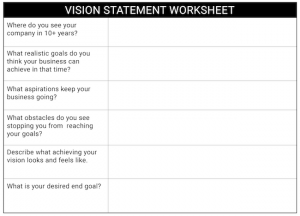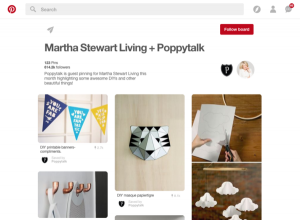
The world is slowly opening itself back up. Across the globe, employees are trickling back to their offices. Public transportation is restarting. Similarly, lockdown measures have been easing in the UK – small outdoor gatherings and some sports are now permitted. So is visiting parks and beaches within England.
These glimmers of normality fuel hope for businesses in Bristol and across the UK who have weathered the lockdown and are looking to come back strong. However, many marketers will find themselves returning to a different world. There’s no telling if “business as usual” means the same “normal” as pre-coronavirus. What is clear is that everyone’s habits and lifestyles have changed rapidly over the past couple of months. For marketers, navigating this new landscape is undoubtedly daunting.
Yet where there are challenges, there are also opportunities in wait. Change is the name of the game right now, and businesses who can be flexible and sensitive to consumer needs are the likeliest to find a new way forward. Here are some short and long-term strategies that can help businesses of every size navigate a post-COVID world.
Tactics you can Work on Now
Most businesses, at least those that haven’t had to shutter due to the quarantine, are itching to kick revenue back to some semblance of what it looked like pre-COVID. While some strategies require long-term planning, there are changes you can start enacting right now to direct consumer spending back to your direction.
Educate and Uplift
These are unprecedented times. No one has a manual for how to live during a pandemic. And where there’s confusion, there’s misinformation. You can find running debates for nearly everything, from the efficacy of certain drugs to how parents should home-school their children. The noise is overwhelming for consumers already struggling to adapt.
Brands, with their ready built-platforms, are in the best position to help customers within their niche. For instance, Reebok created custom workouts for followers on Twitter based on their equipment at home. The action is simple, helpful, and on-brand without being blatantly self-serving.
You don’t even have to sell directly to leave an impression. Food brand Oatly, after “momentarily losing all interest in selling oat drink products”, set up a page showcasing creative ways customers have reused their boxes. The campaign is clever, engaging, and most importantly–put the enjoyment of the customer first.
Offer Helpful Free Trials and Services
With the world turned upside down, the first order of business should be helping customers. Giving away stuff for free may seem counterintuitive, but if you look at the bottom line, more sign ups for normally paid services mean more people get to try out your service. The hope is these individuals convert in the future.
Everyone needs help, from employees who suddenly need to work from home and are grappling with cybersecurity, to parents who have turned into home school teachers overnight. Find out where your business can pitch in. Many VPN providers such as SurfShark have started offering free trials to small businesses, some of which span up to half a year. Similar efforts that contribute to the collective endeavour to recover helps place you top of mind when customers finally reach some semblance of financial stability in the coming months.
Engage your Existing Customers
Priorities are changing. Many marketers are moving their budgets from acquisition to retention. Brands are already rushing to satisfy and support existing customers, whether that’s through contactless deliveries, or gift cards that allow them to shop through volunteer shoppers.
However your business decides to adapt, it’s essential to keep customers engaged and updated. Consumers still expect to hear from their brands. Your social channels should be buzzing with your initiatives, such as new delivery and payment policies or benefits for your workforce. Anything that shows customers you’re still around and making an effort to stay present and helpful.
But be careful not to overpromise. No vaccine means lockdown regulations will regularly be in flux, affecting operations and supply chain. Setting realistic and honest expectations will be a good way to build trust in our current touch-and-go situation.
Rebuilding for the Future
There may be no returning to normal as we knew it. That’s a scary prospect. Yet these novel circumstances also present a rare opportunity for businesses to take the lead. Brands who can build towards a stronger, regular presence today have a better chance to come out on top tomorrow.
Invest in Digital Marketing Campaigns
With the scramble to stem the bleeding and recoup losses, ads may be the last item on your budget breakdown. It may not even be there at all. Yet now is actually a good time to spend for brands who can.
Nearly half of the UK’s workforce is working remotely. Most of the population is choosing to stay inside for long periods of time even amidst relaxed lockdown regulations. If online was huge before, the platform has truly taken center stage now.
Costs are cheaper, too. Many businesses have already paused their campaigns, meaning less competition in a time when you can reach so many people. Brands who have continued advertising are seeing lower Cost Per Thousand (CPM) and Cost Per Click (CPC) rates. Facebook ad specialists are reporting CPM costs cut down to more than half of pre-COVID values for some advertisers.
Optimise and Localise Marketing Spend
Although coronavirus is a global crisis, the effects have varied significantly across countries. While some places like South Korea and New Zealand have been able to tamper and limit the spread, hard hit regions like the US are still fairly unpredictable.
These differences trickle down to ad performance in each region. Adtech firm Smart AdServer reports seeing different eCPM levels across Europe. But don’t only buy into the most obvious conclusions. Diving into the data may reveal unanticipated insights. For example, ad revenue is already showing signs of recovery in Italy, Europe’s hardest hit country.
Resist the instinct to make sweeping budget cuts. “Hold your nerve,” advises Jane Ostler, research firm Kantar Insights’s Global Head of Media. Adjust your marketing spend based on what’s happening on the ground.
Don’t Sleep on your SEO
Most consumers will be using the web as their primary source of answers for everything–health advisories, shopping for supplies, and social interaction. There will be a lot of questions. Now is the best time to ensure your content is optimised and served to the people it wants to help.
Letting up on your organic search efforts will also hurt more than help in the long run, because of the nature of SEO. Ranking takes time to build. Likewise, any drops in traffic will not be immediately obvious. Once it does hit, marketers will find themselves playing a losing game of catch up in a time when they need to be most visible.
The pandemic may have erased leads and slowed returns to a crawl, but it has also given marketers extra time. Use that to reevaluate strategies and keywords. Update your best-performing content with new data to give them a boost–remember, organic search is a game of recent relevance. Whether you’re doing SEO in Bristol or Brisbane, local optimisation tactics will also be key, as people choose shops and services closer to home. Make sure online listings are updated with your opening hours and contact details.
The Main Takeaway: Stay Present and Helpful
Whether the search and purchasing habits of today will persist after we get a vaccine is anybody’s guess. One can argue the coronavirus only accelerated the move towards a predominantly online-first business model, especially for traditionally offline services such as banking and fitness.
But when we’ll get a vaccine is uncertain. Some say we can be looking at one next year, while the UK’s own scientists are racing to roll one out as soon as September. More sobering statements caution that we may never find it.
The only thing we can be sure of right now is that consumer behaviour has changed rapidly within a few months, and will continue to change as the population attempts to reestablish itself. The landscape is alien, yet also presents promising opportunities for marketers who can stay flexible in the short-term while planning for the long-term.
Digital & Social Articles on Business 2 Community
(74)
Report Post





